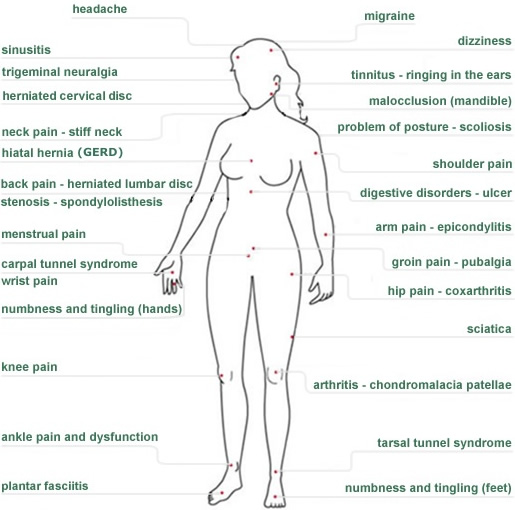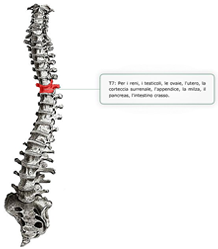Shoulder Pain
Shoulder pain occurs in most people at some point in their life. It can be short-lived, lasting a day or two, or it can persist for weeks, months, even years.
In searching for causes, people will usually associate their pain with certain activities, like lying on one side while sleeping, or using a mouse. Or perhaps the pain began after a brusque movement, like lifting a suitcase.
In most cases, such activities mark the moment in which we become aware of a problem, but in many cases, the underlying causes of the pain have been in place for some time.
Unlike the knee which only moves in two directions, the shoulder is very versatile. It relies on approximately 20 different muscles to move the arm in multiple directions. A problem with any one of these muscles can cause aberrant motion and pain.
Can exercise help? In some cases yes. But considering that muscles are messengers for our organs and glands, when our system is under stress, our muscles do the talking.
For example, shoulder pain will often manifest when we’re pushing ourselves too hard. Lack of sleep, dietary indiscretions, and emotional upset, can short-circuit two key immune system muscles, the Infraspinatus, a Rotator Cuff muscle (Thymus) and the Middle & Lower Trapezius (Spleen).
Or maybe we’ve been overindulging in refined carbs and sugars. The Latissimus Dorsi muscle maintains downward tension on the shoulder and is associated with the pancreas. Excess carbs and sugar stresses the pancreas and short circuits the Latissimus Dorsi. This manifests as one shoulder being higher than the other.
Pain is the body’s way of communicating that something is wrong. Leaning toward a healthy, balanced lifestyle is often the best remedy, both for resolving, as well as preventing shoulder problems.

 SCHEDULE AN APPOINTMENT
SCHEDULE AN APPOINTMENT









